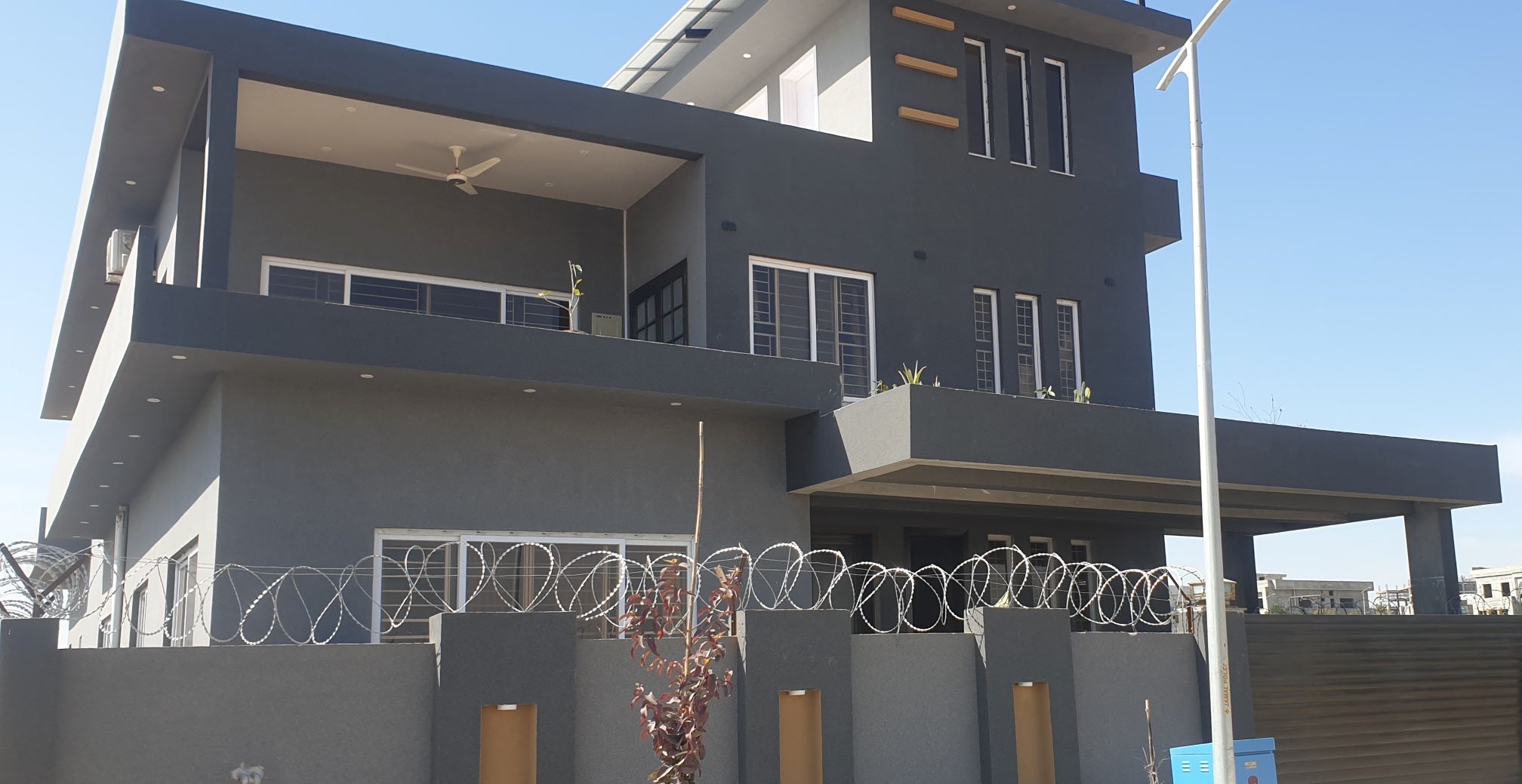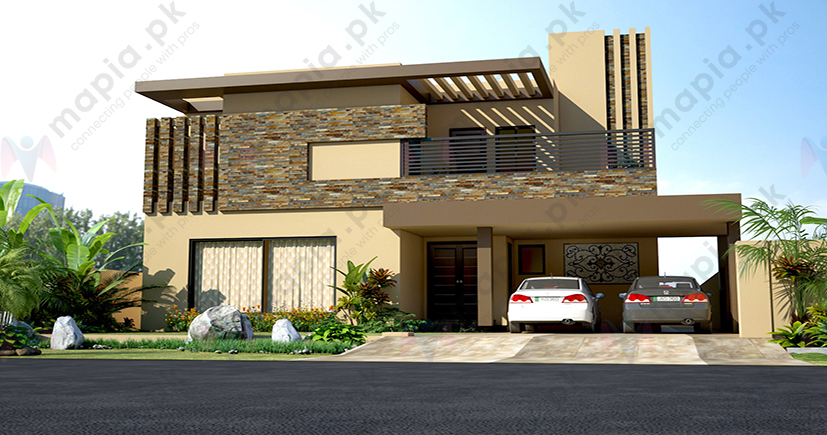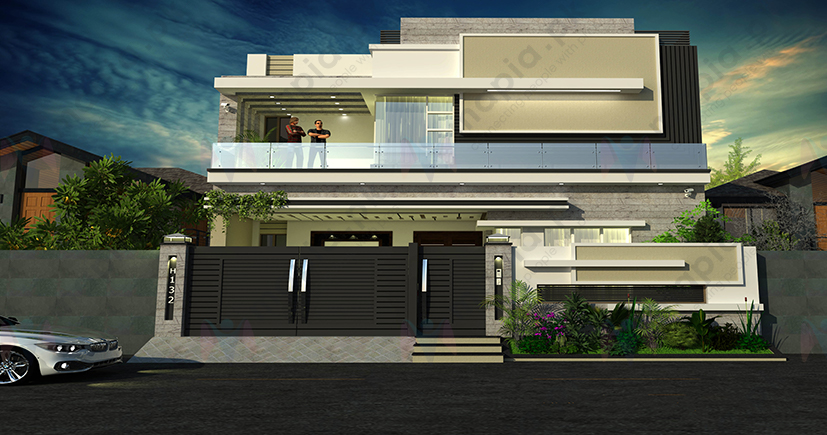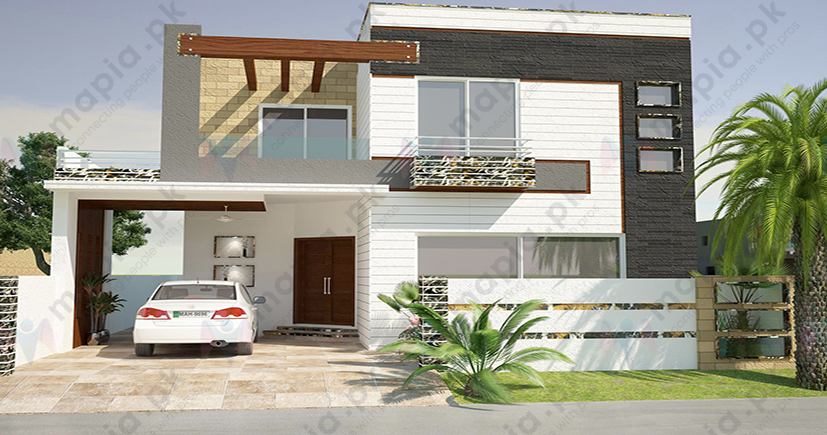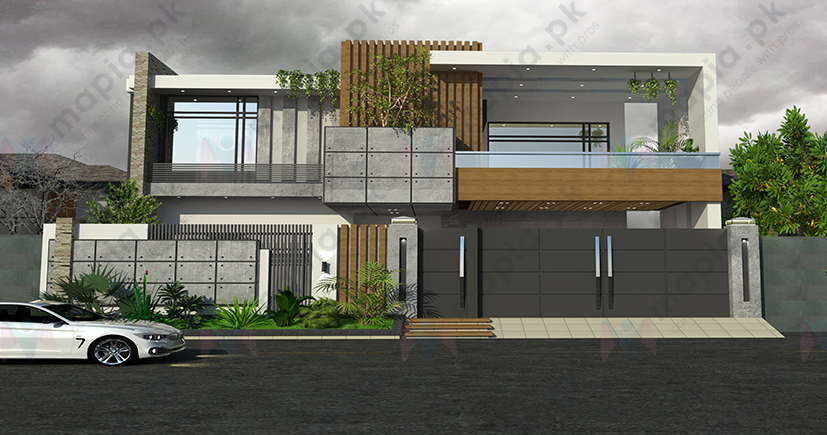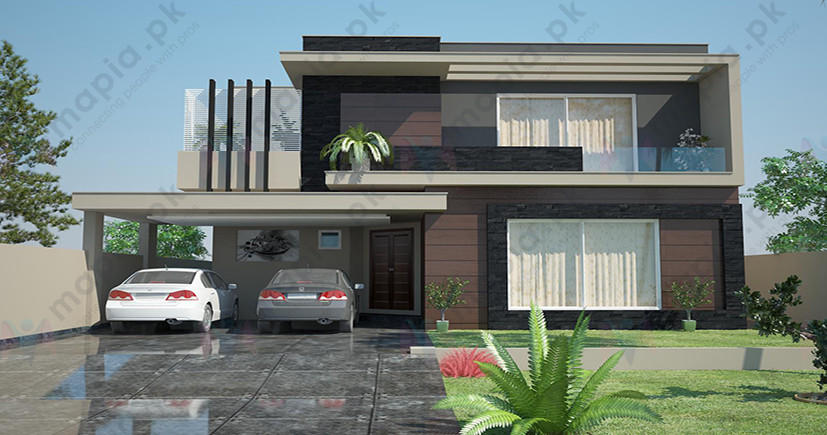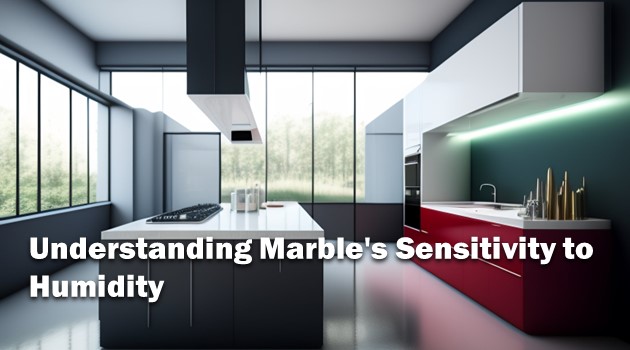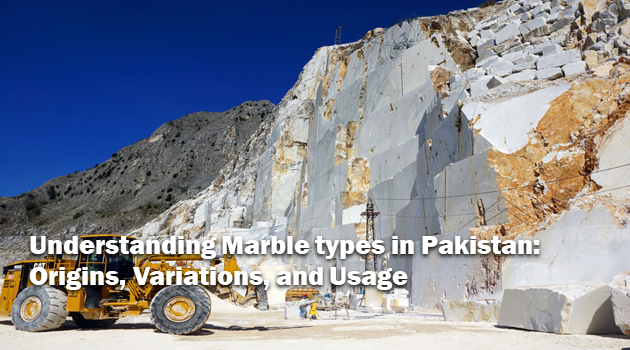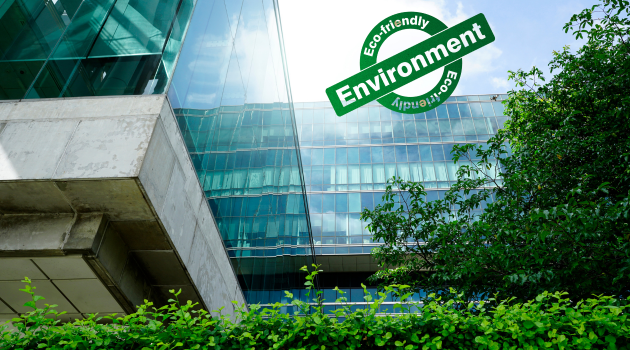
How to Design an Eco-Friendly Home in Pakistan: Expert Tips and Ideas
As we become more aware of the impact of climate change, designing and building an eco-friendly home is becoming increasingly popular. In Pakistan, where energy resources are limited and environmental challenges are mounting, eco-friendly homes can help us reduce our carbon footprint, save energy and money, and improve our quality of life. In this blog post, we will share expert tips and ideas on how to design an eco-friendly home in Pakistan, including materials, energy-efficient systems, landscaping, and more.
What is Eco-Friendly Home
Hey there! Let me break it down for you. An eco-friendly home is not just any old house. It's a magical place designed and built to minimize its environmental impact. It's like a superhero for the planet! You might also hear it referred to as a green home, sustainable home, or environmentally friendly home.
But what makes these homes so special? For starters, they're built to use sustainable and renewable resources. They're like the Energizer Bunny, they keep going and going! They're also super energy-efficient, with features like high-efficiency heating and cooling systems, insulated walls, and energy-efficient windows and doors. All of these features make them the MVP of the housing world.
But wait, there's more! Eco-friendly homes also use eco-friendly materials like recycled materials, bamboo, and sustainably harvested wood. And if that's not enough to make you want to move in, they can also have cool features like rainwater harvesting systems, solar panels, and green roofs. These features not only reduce water consumption and energy usage but also help improve air quality and reduce the urban heat island effect.
There are few more writings on topics like,
The Benefits of Smart Home Automation Technology in Pakistani Homes
House Design Ideas for Creating a Kid-Friendly Home in Pakistan
Effective Termite Control and Prevention Measures for Homes and Buildings in Pakistan
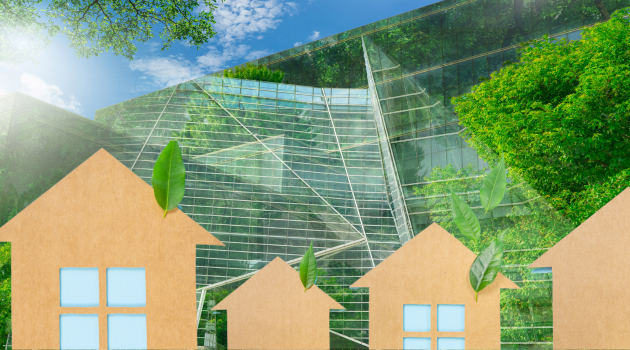
Now, you might be thinking that all of these fancy features must come with a hefty price tag. But actually, eco-friendly homes can save you money in the long run. By using less energy to heat and cool your home, you'll see a noticeable reduction in your utility bills. And if you opt for features like rainwater harvesting and solar panels, you'll see even more cost savings over time.
So, in a nutshell, an eco-friendly home is a house that's designed and built to be a superhero for the environment. It uses sustainable materials, reduces energy consumption and waste, and can even save you money. If you're looking for a new place to call home, why not consider an eco-friendly one? Trust me, Mother Earth will thank you!
Eco-Friendly Materials for Home Design
When designing an eco-friendly home, choosing the right materials is essential. Here are some eco-friendly materials to consider:
Bamboo
Bamboo is a fast-growing and renewable material that can be used for flooring, furniture, and decorative items. It is strong, durable, and beautiful, and it can also absorb carbon dioxide.
Reclaimed Wood
Reclaimed wood is a sustainable option for flooring, paneling, and furniture. It is salvaged from old buildings, barns, and other structures, giving it a unique character and history.
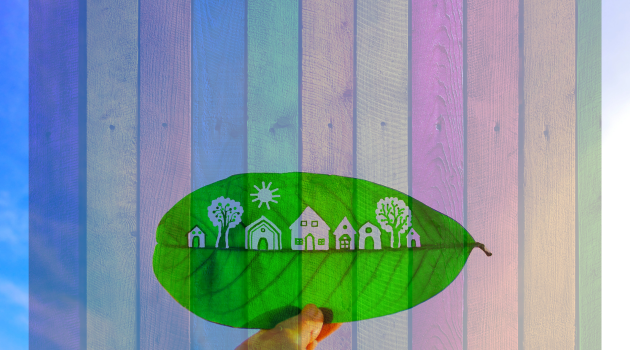
Recycled Glass
Recycled glass can be used for countertops, backsplashes, and decorative elements. It is made from post-consumer waste and has a beautiful, translucent quality.
Energy-Efficient Systems for Home Design
In addition to eco-friendly materials, energy-efficient systems can help you save energy and money in the long run. Here are some options to consider:
Solar Panels
Solar panels are a popular option for generating electricity in an eco-friendly way. They can be installed on the roof or on the ground and can provide energy for lighting, appliances, and heating and cooling systems.
LED Lighting
LED lighting is a highly energy-efficient option for lighting your home. It uses less electricity and lasts longer than traditional incandescent bulbs, making it a cost-effective choice.
Insulation
Proper insulation can help you save energy and money by reducing the amount of heat loss in your home. It can be installed in walls, ceilings, and floors and can help you stay warm in the winter and cool in the summer.
Landscaping for an Eco-Friendly Home
Landscaping can also play a role in designing an eco-friendly home. Here are some tips for creating an eco-friendly landscape:
Plant Native Species
Native plants are adapted to the local climate and require less water and maintenance than exotic plants. They can also attract birds and other wildlife to your yard.
Use Permeable Surfaces
Permeable surfaces, such as gravel or pavers with gaps, can help rainwater soak into the ground instead of running off into storm drains. This can help reduce erosion and pollution in waterways.
Compost
Composting can help you reduce waste and create nutrient-rich soil for your garden. You can compost fruit and vegetable scraps, leaves, and other organic materials.
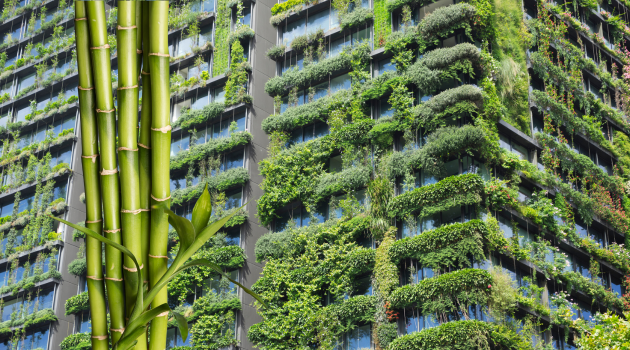
Frequently Asked Questions
Q: What are the benefits of designing an eco-friendly home in Pakistan?
A: Designing an eco-friendly home in Pakistan can help you reduce your carbon footprint, save energy and money, and improve your quality of life.
Q: What are some eco-friendly materials for home design?
A: Eco-friendly materials for home design include bamboo, reclaimed wood, and recycled glass.
Q: What are some energy-efficient systems for home design?
A: Energy-efficient systems for home design include solar panels, LED lighting, and insulation.
Q: How can landscaping help create an eco-friendly home?
A: Landscaping can help create an eco-friendly home by planting native species, using permeable surfaces, and composting.
Designing an eco-friendly home in Pakistan is not only good for the environment but can also help you save energy and money in the long run. By choosing eco-friendly materials, energy-efficient systems, and implementing sustainable landscaping practices, you can create a beautiful, comfortable, and environmentally friendly home. Consider implementing some of the tips and ideas we shared in this blog post to create a home that is both eco-friendly and sustainable.




